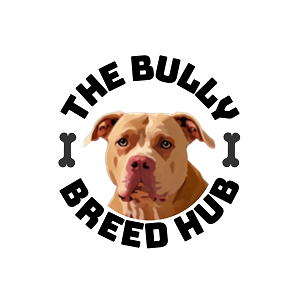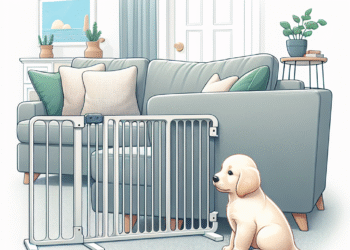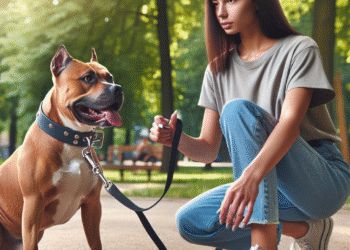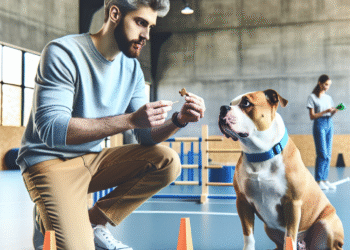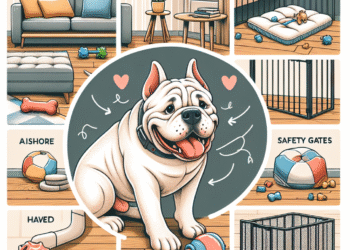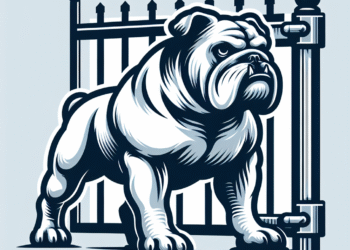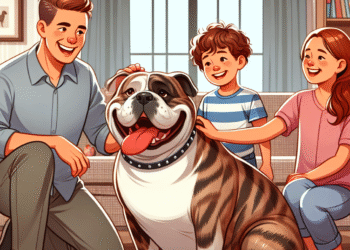Bully breeds, known for their playful demeanor and loyalty, have been unfairly stigmatized in many communities. However, like all dogs, they can experience emotional challenges, including separation anxiety. This type of anxiety can manifest in various behaviors when a dog is left alone, such as excessive barking, destructive chewing, or even attempts to escape. Understanding the root causes of this anxiety and implementing effective strategies can help ease your bully breed’s distress.
Understanding Separation Anxiety
Separation anxiety occurs when a dog becomes agitated or anxious when left alone. This behavior is more common in breeds that thrive on social interaction, like bully breeds. Factors contributing to separation anxiety can include:
- Early Life Experiences: Dogs that were separated from their littermates too early or experienced trauma in early life may be more prone to anxiety.
- Changes in Environment: Moving to a new home, introducing a new pet, or experiencing the loss of a family member can trigger anxiety.
- Boredom: Bully breeds are energetic and intelligent; without sufficient stimulation, they can become restless and anxious.
Observing the Signs
Recognizing the signs of separation anxiety is the first step toward helping your bully breed. Common symptoms include:
- Barking or howling when left alone
- Destructive behavior (chewing furniture, scratching doors)
- Urinating or defecating indoors despite being house-trained
- Pacing or restlessness
- Excessive drooling or panting
If you observe these behaviors, it’s essential to take proactive steps to alleviate your dog’s anxiety.
Tips for Easing Separation Anxiety
1. Gradual Desensitization
One effective method is gradually desensitizing your dog to being alone. Start with short departures, gradually increasing the time you leave them alone. This helps them associate your absence with positive experiences rather than fear.
2. Create a Safe Space
Establish a comfortable area for your bully breed where they feel secure. This could include a cozy bed, their favorite toys, and familiar scents. A designated safe space can provide comfort during your absence.
3. Exercise and Mental Stimulation
Bully breeds require physical and mental stimulation. Regular walks, playtime, and interactive toys can help release pent-up energy and keep their minds engaged, reducing anxiety during your absence.
4. Training and Commands
Basic training can significantly improve your dog’s confidence and behavior. Teaching commands like “sit” or “stay” creates a structured environment. Reinforcing positive behavior with treats can also foster a sense of security.
5. Consider an Anxiety Kit
Anxiety kits can include items such as puzzle toys filled with treats, calming chews, or pheromone diffusers. These can provide comfort and distraction when you’re away.
6. Practice Departures and Arrivals
Dogs often sense when their owners are about to leave. To reduce the associated anxiety, practice nonchalant departures and arrivals. Avoid lengthy goodbyes and hellos to minimize emotional peaks.
7. Seek Professional Help
If your bully breed’s anxiety is severe or doesn’t improve with home-based strategies, consulting a professional dog trainer or a veterinarian may be necessary. They can offer tailored solutions or therapy options that may include medication.
8. Stay Calm and Positive
Your demeanor can significantly affect your dog’s anxiety. Remain calm and positive while you’re preparing to leave. Your dog will likely take cues from your energy, so a relaxed attitude can promote a sense of security.
Conclusion
Understanding and addressing separation anxiety in your bully breed can greatly enhance their quality of life and your relationship. By recognizing the signs, employing positive training techniques, and providing a structured environment, you can help alleviate your dog’s fears and ensure a happier, healthier home. Patience and consistency are key—over time, you’ll create a safe and reassuring environment for your beloved companion.
